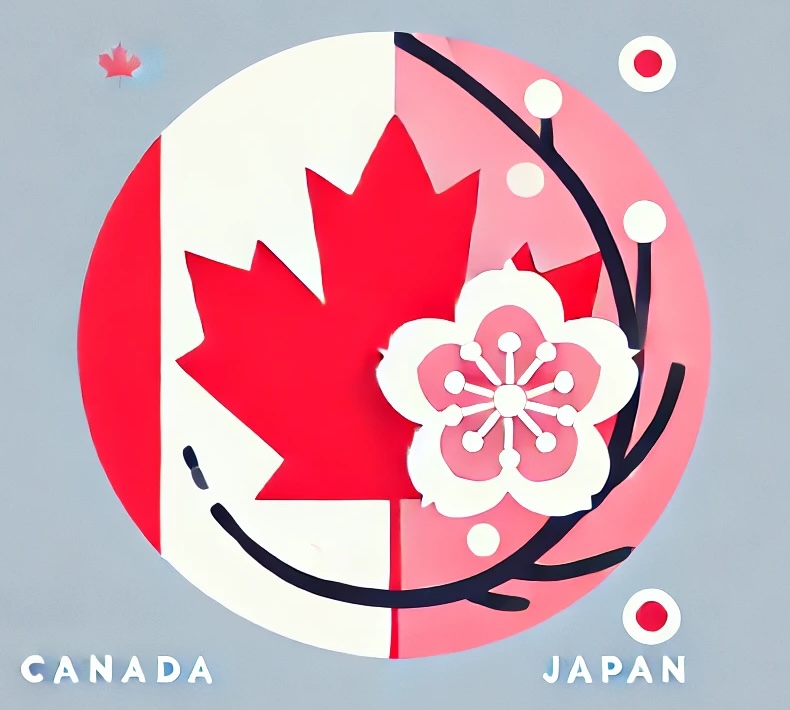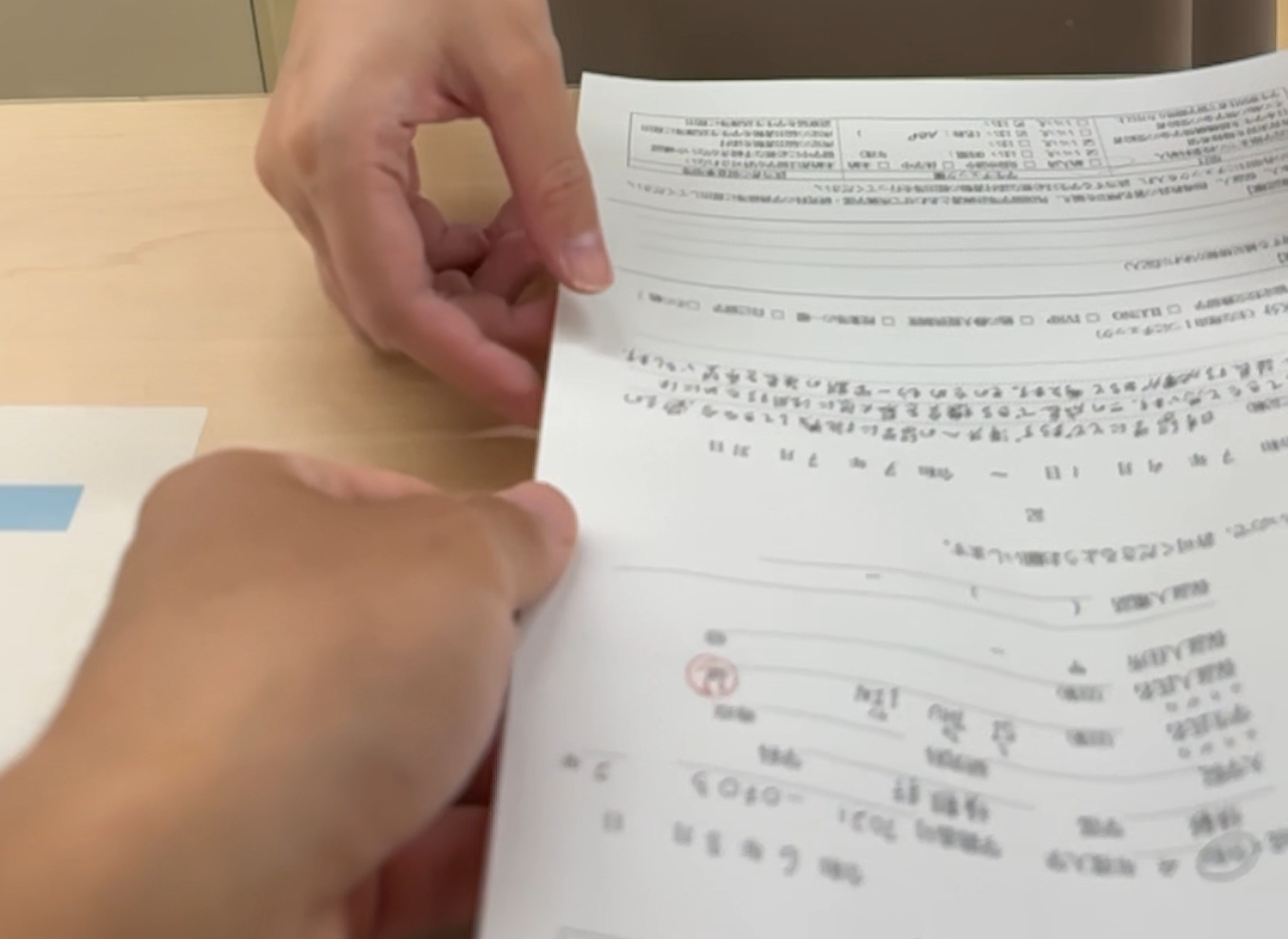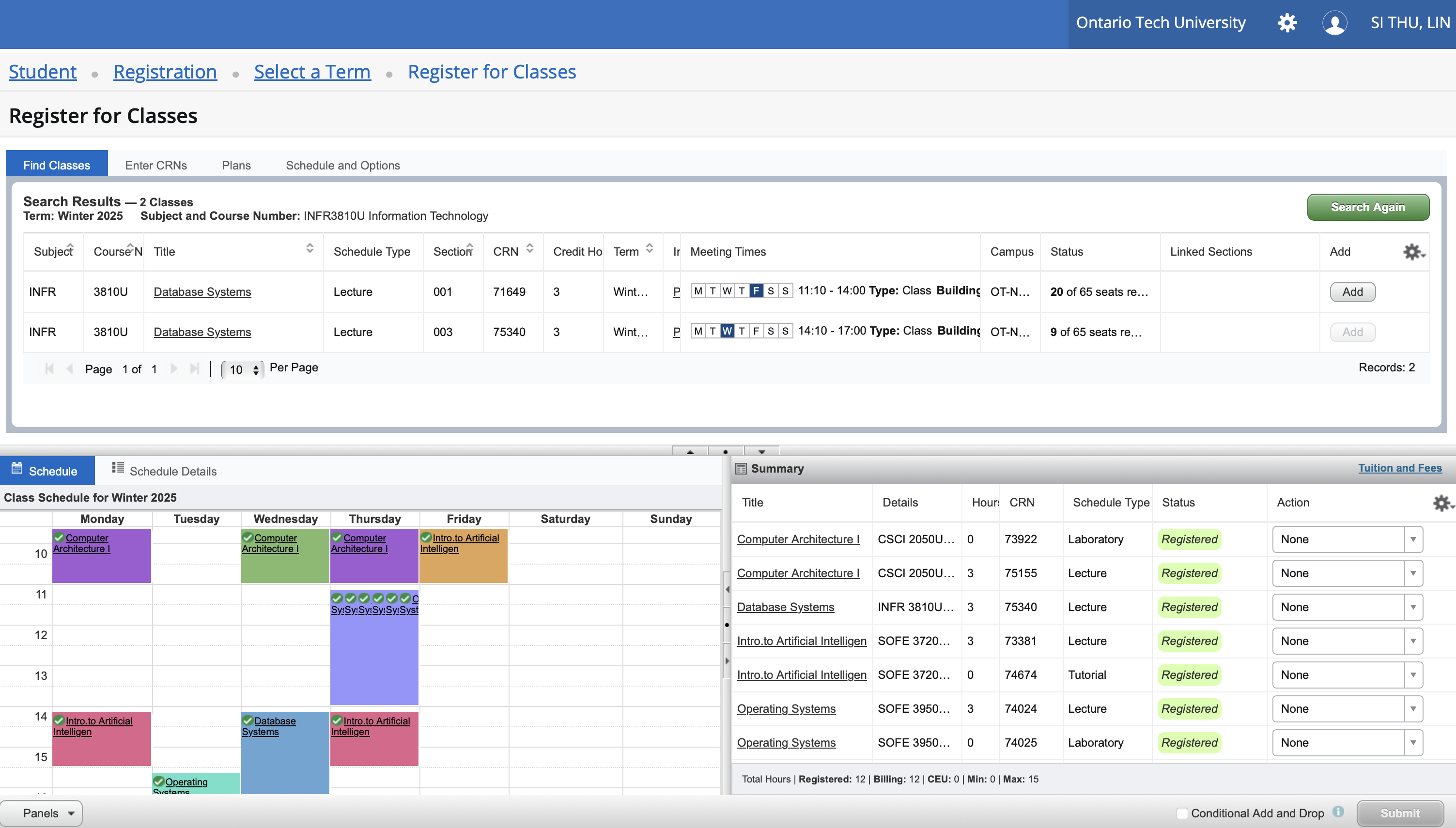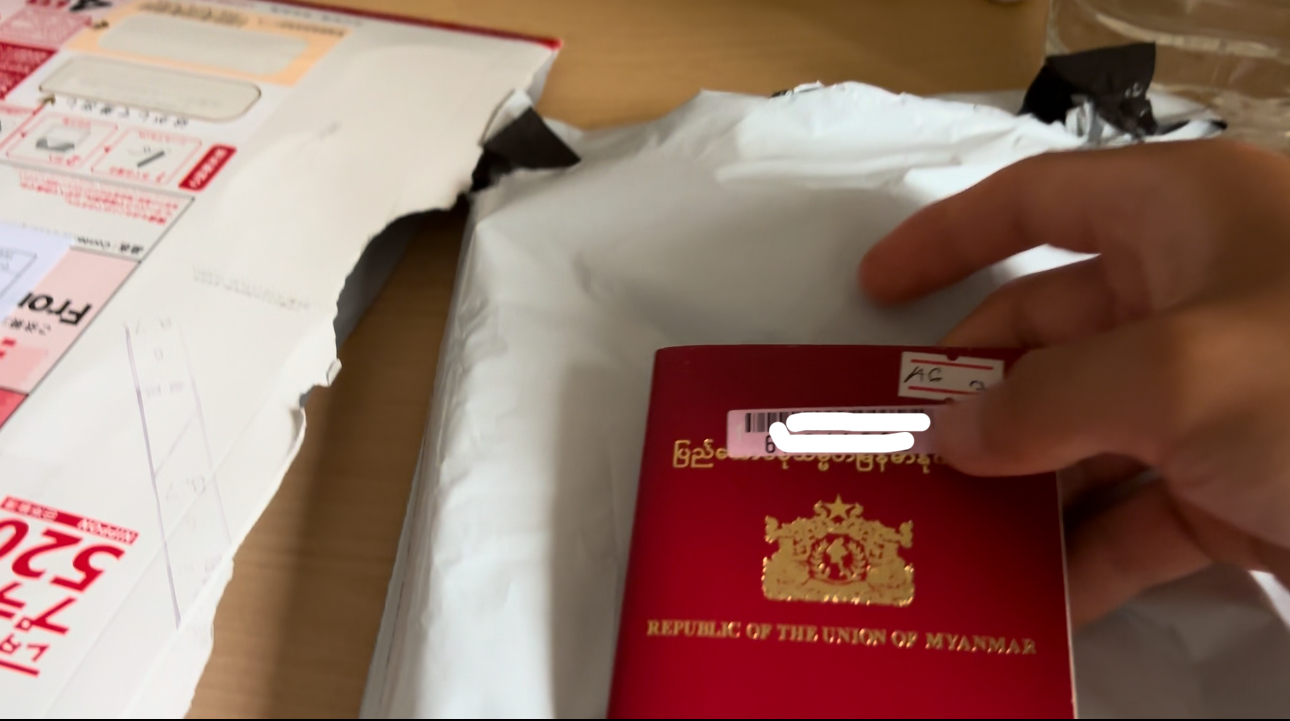Applying for Tuition-Exempted Exchange Program in Canada

1. Structure of Exchange Program
A study exchange program is the one where two partnered universities exchange and send forth their students to study at their respective institutions. Having the ability to travel to another country, students are encouraged to learn their academic majors from an alternative perspective while at the same time, experiencing the different cultures and life-styles abroad. Depending on the structure of the partnerships, the duration of the exchange programs may vary, but it typically lasts for about half a year at a time and depending on the institution, the academic expenses of the exchange program will be covered by the university.
In the fall of 2023, I decided to apply for an exchange program between my Japanese university and the one in Canada. There are two main reasons behind my decision with the first one being the fact that the exchange program was exempted from the tuition costs. The educational expense of Canada is usually much higher than that in Japan, so it is really financially beneficial for me to pursue greater education at the same study expense. The second reason was that I could get the credits transferred to my home university with less time as the semester in Canada is slightly shorter than that in Japan.
__________________________________
2. Applying for the Exchange Program
To be nominated as a study exchange student, Shizuoka University requires their applicants to go through two stags of procedures. The first one is the document screening processes, where you will have to fill and gather quite a number of forms and certificate for the program. Some of the documents include your letter of intention and an essay of what you intend to gain with this study exchange experience, the recommendation letter and an assessment letter regarding you from your professor, your academic transcript and a document specifying the number of subjects and credits that you intend to take during the exchange program. In addition, there are other forms of documents required for the study exchange and after gathering all the necessary documents, they are submitted to the international office of the university.

Fig: Form Submission at International Office
After passing through the first screening, I was informed to take the interview and funny enough, I remembered that I did not research enough on the living expenses of Canada, which was one of the questions from the interviewer that I could not answer at the time. But the main interview criteria was not just based on the knowledge of designated country but an overall assessment of the student. For example, when asked about what I aim to gain from this exchange program and what I intend to do while studying abroad, I indicated that I was looking forward to the challenges that I will have to face during the program and hopes to improve myself as a person while sharing my experiences along the way to my fellow students because this is similar to the "Once in a LifeTime" opportunity that you will only get while still being a student. I am sure that that was not the only reason behind my successful application to the exchange program, but I became a nominee for the exchange program even though I did not research well on the living expenses of the designated country, Canada 🇨🇦.
__________________________________
3. Procedures After Being Nominated
Shortly after passing the interview, I was contacted by the Ontario Tech University from Canada after which I begin my process to apply for and request approval for the courses that I intend to take during the exchange period.
- Registering for Courses
To avoid missing out on the credit hours during the time of the exchange, it is crucial for you to plan and coordinate carefully the subjects that are offered by both your home and designated institutions. This means that you will have to search the academic calendar of the designated institution to see which courses are offered by which department and the semester when you will be able to take them. This tedious step of cross-referencing between two different systems of educational institutions is especially important as you will risk not taking the necessary credits back in your home institution, which may lead to you possibly extending your graduation.
Once you get admitted for an exchange program, the designated university will give you the necessary credentials so that you will be able to log into their student portal and register for the courses. The website of the institutions are unique in their own way but the following is an example of registering the courses on Ontario Tech University's student portal.

Fig: Course Registration at Ontario Tech University
There were a few courses that I intended to take but was not approved by the faculty. Thus, I had to readjust the courses and reapply for the registration of the courses. And this is one of the tedious things that you will have to do in the process of applying for the exchange programs.
__________________________________
4. Applying for VISA
As someone who holds a passport from a Third World country (Myanmar), there is only a handful of countries to which I am able to travel to visa-free and Canada, obviously, is not included. However, as long as you have the necessary supporting documents, there will be no issues travelling there. An interesting thing, rather a first-time experience, was the fact that I had to mail my passport from Japan to Manila to process my VISA, which at the time was unsettling for me as I had never shipped my passport overseas before. Of course, I retained a copy of my Japanese visa and the important pages in the documents just in case. But during the process of the application, the processing time of Canadian visa was suddenly lengthened for another 3 months. Even thought it was unexpected at the time, I was able to make it just in time because I applied for the VISA 4 months in advance.

Fig: Getting My Visa Via Mail
The main documents that you will have to apply for the VISA include your passport, letter of admission from a DLI (Designated Learning Institute) and proof of your financial support over the course of the study.
__________________________________
5. Settling in Canada
After getting through all the necessary preparation and procedures for the exchange program, it was finally time for actually going to Canada. However, I missed out on one crucial aspect, which was applying in advance for the in-campus accommodation. Because I was a few weeks late on the application, I was placed on a waitlist that never seemed to progress and I ended up planning to settle off-campus with AirBNB for the first month. But the rent was really out of my budget around 1000 CAD/month with limited utilities, and thus I had to quickly find another accommodation within a week after landing in Canada. With classes starting already literally within 2 days after getting in Canada, it was a struggle to constantly find for other housing while trying to catch up with the classes too. But luckily through facebook, I was able to find a shared-house with almost half the previous rent with all utilities included. Plus, it only takes one bus to my university and takes around 15 minutes.

Fig: Parking Lot at the Bus Stop
__________________________________
Key Takeaways from this Experience
-
The tedious task of cross-referencing the offered subjects and credits is crucial. (The risk of extending graduation if not planned properly)
-
There's no such thing as being over-prepared. I had failed to apply for the in-campus dormitories in time and search for reasonable accommodation beforehand which cost me additional time and finance.
To find out on the life of an exchange student in Canada, check out this post
Thanks for reading thus far!